Nature Deficit
Nature-deficit disorder, as coined by Richard Louv in his book Last Child in the Woods, is not a clinically recognised condition, but rather a term to evoke a loss of communion with other living things. Nevertheless nature-deficit disorder affects "health, spiritual well-being, and many other areas, including people's ability to feel ultimately alive." With the loss of natural surroundings, and many parks and nature preserves now with restricted access and "do not walk off the trail" signs, environmentalists and educators add to the restriction telling people "look don't touch". While they are protecting the natural environment, Louv questions the cost of that protection on our children's - and our own - relationship with nature.
The causes of the disorder include loss of open space, increasingly busy schedules, an emphasis on team sports over individualised play and exploration, competition from electronic media, and what Louv and others call a "culture of fear," in which people are afraid to visit natural areas or even go outside due to heavy media coverage of violent events.
The effects from Nature Deficit Disorder could lead to the first generation being at risk of having a shorter lifespan then their parents. We are living in a cultural depression where we imagine a dystopian future of despair, survival and conflict. We can't imagine a future that is environmentally sustained where we reconnect with nature and our surroundings, instead only imagining a future more akin to the sedentary people, disconnected and removed from nature in the film Wall:E.
Attention disorders and depression may develop. People who don't get nature-time seem more prone to anxiety, depression and attention-deficit problems, according to research by Louv and various universities. Attention Restoration Theory is the idea that immersion in nature increases creativity and attention , both in short term restoration of one's abilities, and the long term ability to cope with stress and adversity. A study conducted by the University of Kansas showed that backpackers who spent three days hiking had increased creativity and cognitive abilities:
“The future will belong to the nature-smart—those individuals, families, businesses, and political leaders who develop a deeper understanding of the transformative power of the natural world and who balance the virtual with the real. The more high-tech we become, the more nature we need.”
"Attention Restoration Theory (ART) suggests that nature has specific restorative effects on the prefrontal cortex-mediated executive attentional system, which can become depleted with overuse. High levels of engagement with technology and multitasking place demands on executive attention to switch amongst tasks, maintain task goals, and inhibit irrelevant actions or cognitions."
In recognising these trends, some people argue that humans have an instinctive liking for nature—the biophilia hypothesis and take steps to spend more time outdoors, for example in outdoor education, or by sending young children to forest schools. It is perhaps a coincidence that slow parenting advocates sending children into natural environments rather than keeping them indoors, as part of a hands-off approach.
It would be a mistake to entirely blame our modern world. The great technological leaps seen from the mid-nineties through the early 21st century with the advent of the Internet and emerging technologies have brought us much joy, interaction, learning and in a sense, re-connection. These technologies - social, practical and virtual - have given much help, and much hope, to people previously unreachable. But there is no question that we are hooked on this technology; most of us are attached to our smart phones or tablets, and cannot go more than 30 minutes without checking for a message or status update. And so it is logical that the more hi-tech we become, the more we need nature as a balancing agent. Again we are brought back to the simple principle that it takes more than words - it requires a doing, an experience. It must be a conscious decision to engage with the world around us, to immerse ourselves and enjoy the splendour of nature - whether it is an invigorating hike through amazing scenery or simply making ice cold mud pies on a freezing February morning with our children.

